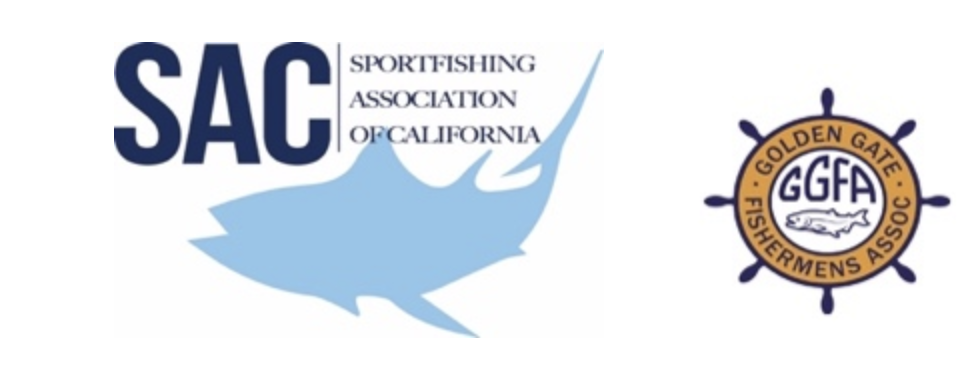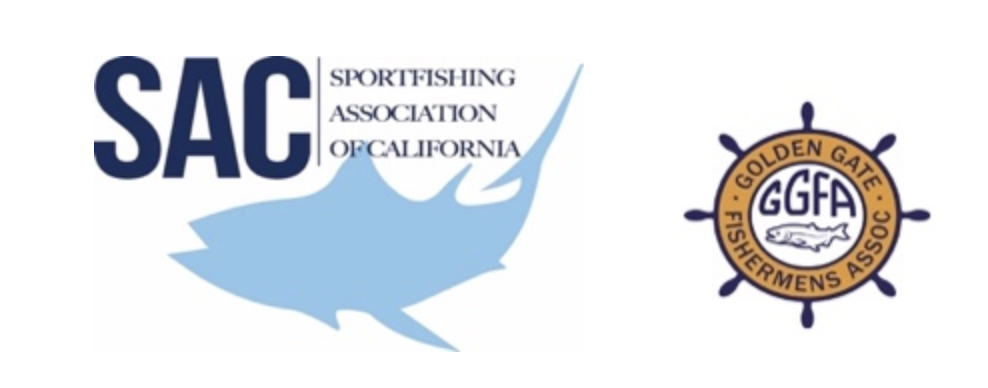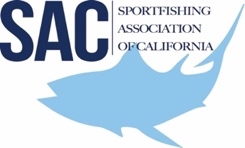From Sportfishing
Fish Report for 11-15-2021

Analysis Finds CARB “Low-Balled” Economic Feasibility of Proposed Sportfishing/Whale Watching Engine Regulations
11-15-2021
Ken Franke
Analysis Finds CARB “Low-Balled” Economic Feasibility of Proposed Engine Emission Regulations
(San Diego, CA): As the California Air Resources Board (CARB) is set to consider unprecedented harbor craft engine emission regulations that stand to remove 174 sportfishing and whale watching boats from the sea, the Sportfishing Association of California (SAC) has released economic analysis that undermines CARB’s contention that it is economically feasible for boat owners to replace their vessels. The analysis also reveals unintended consequences for the state’s economy, fishery and conservation programs and significant declines in fishing participation rates. Hardest hit would be low-income communities.
“CARB failed to obtain actual data to properly assess the crushing impact of their proposed regulations,” said Frank Ursitti, owner of H&M Landing of San Diego. “Nowhere in the country has a state proposed regulations that will have the practical effect of destroying offshore fishing and whale watching businesses, and threatening the coastal communities that depend on them for tourism and visitor spending. This uniquely California experience will come to an end if CARB’s plan is not rejected.”
On Friday, November 19th, the CARB board will consider harbor craft engine regulations that would result in commercial passenger vessels being removed from service due to proposed engines and technology that are structural infeasible for existing engine rooms. These commercial passenger boats are commonly associated with sportfishing, whale watching, eco-tourism and scuba diving. According to CARB, vessels constructed of wood and fiberglass (more than 80%) will likely need to be replaced. Metal boats that can comply will have to reduce passenger loads by up to 40% to address stability and safety issues.
These conclusions led Rob Southwick, an expert in market research, statistics and economics, specializing in sportfishing and outdoor recreation markets, to conclude, “Any assumption that costs can be fully or even partially passed along to customers without decreasing participation is simply wrong. If boat operators were in a position to charge higher prices, just like any business, they already would have. Without a doubt, price increases will harm CPF vessel operators and likewise the local communities that depend on them.”
- In stark contrast to CARB’s estimate of $2.1 million for a new vessel, a reputable shipbuilder provided bids for the two most common passenger boats found off California’s coast. The bids revealed costs of $4.6 million to construct a 65 ft one-day vessel (Class 1, suitable for day fishing trips, whale watching and SCUBA excursions) and $5.7 million for an 80 ft multi-day vessel (Class 2). These boats would be expected to conform to CARB’s proposed rule, if new engines and equipment are certified.
- According to the CPA report, based on the operating budgets of current H&M landing boats, to break even, businesses replacing a Class 1 boat would have to increase prices for a one-day fishing trip from $180 to $542 (201% increase) and a new Class 2 boat that provides multi-day fishing trips would have to increase its prices from $200 to $394 (97% increase). These prices are significantly higher than the 19% to 27% increases anticipated by CARB.
- Communities of lower economic means stand to be most impacted by higher passenger ticket prices.
- The CPA’s analysis underscored the financing challenges. The CPA notes that 20% - 40% is a commonly required down payment within the marine industry. Considering existing non-compliant boats will have no resale value in California and the glut of boats to be sold will depress markets outside of California, businesses will find it difficult to sell their current boats and secure down payments on new vessels, thus raising the risk for banks. Banks would have to demand higher down payments and/or higher rates. Without feasible financing, many vessel operators will shut down.
- Californians spend nearly $1 billion annually to access California’s 174 commercial U.S. Coast Guard inspected sportfishing boats and support local jobs, and nearly 10% of California’s marine anglers are out-of-state residents, an additional source of visitor spending for coastal communities.
- Higher passenger ticket prices would impact fishing participation rates, and as fishing license sales and revenue decline so would funding for state fisheries and conservation programs.
< Previous Report Next Report >
More Reports

11-3-2021
California’s proposed engine emission regulations could undermine recent gains in fishing participation rates, conservation funding and economic activity (San Diego, CA): With...... Read More

10-29-2021
CARB’s Proposed Engine Emission Regulations Could Undermine Governor Newsom’s Plan to Restore Tourism and Hospitality Jobs Lost During COVID-19 Pandemic (San Diego,...... Read More

Website Hosting and Design provided by TECK.net